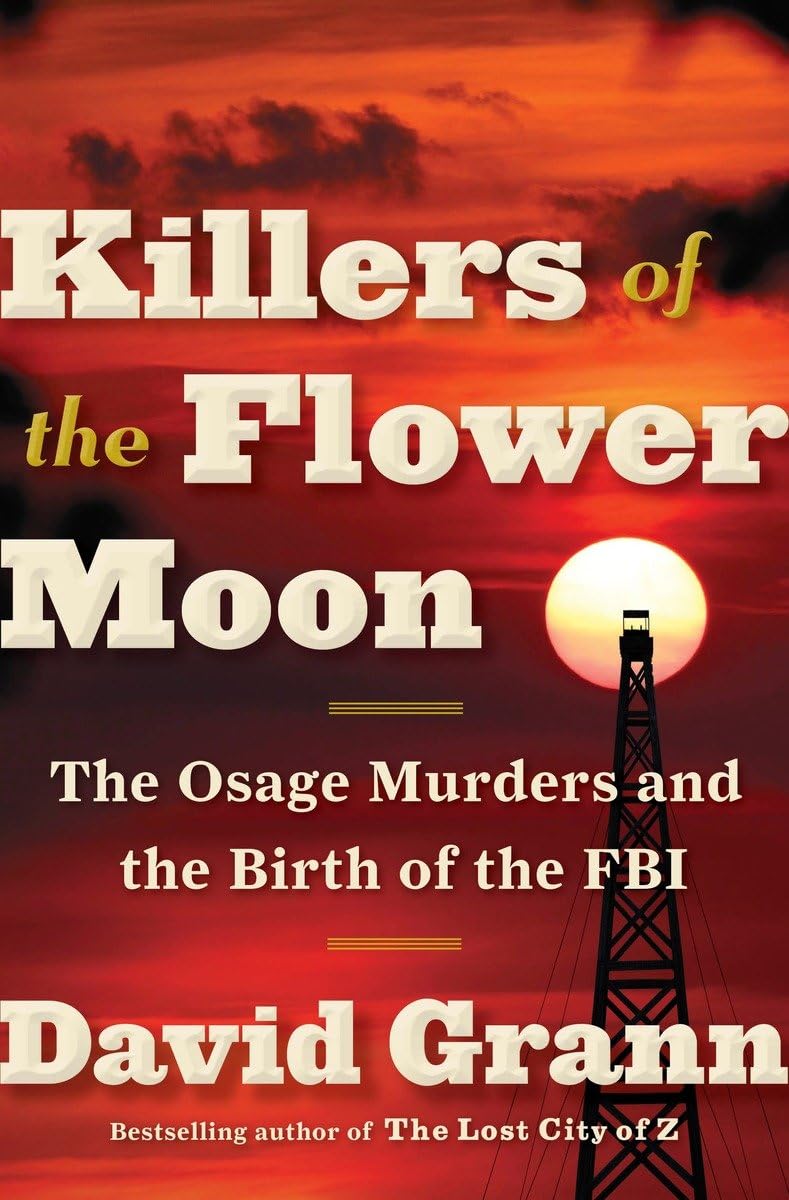Chapter 26: Blood Cries Out
byThe chapter 26 “Blood Cries Out” delves deeper into the harrowing investigation of the Osage Indian murders during the Reign of Terror, shedding light on a deeply entrenched conspiracy aimed at exploiting and exterminating the Osage people for their oil wealth. As the narrator painstakingly combs through aged archives in Fort Worth, they come across a worn, fabric-covered logbook from the Office of Indian Affairs. The logbook lists the names of Osage wards under government-assigned guardians, many of whom are chillingly marked as “dead.” The frequency of these deaths under guardianship far exceeds what could be considered natural, exposing a widespread pattern of corruption, greed, and outright murder.
As more names are examined, familiar figures such as H.G. Burt and Scott Mathis repeatedly appear as guardians overseeing multiple deceased Osage wards. This pattern reinforces the disturbing reality that the guardianship system, intended to protect the financial interests of the Osage people, instead became a mechanism for systematic exploitation and murder. FBI documents and survivor testimonies further corroborate the suspicion that many of these deaths were not coincidental. Poisoning, staged accidents, and medical neglect were among the lethal tactics used to eliminate Osage individuals, ensuring that their oil headrights—valuable shares of oil profits—could be fraudulently transferred to corrupt white guardians.
The chapter does not merely focus on the statistical evidence of the murders but also explores the deeply personal stories behind the victims, providing an intimate look at the lasting trauma inflicted on the Osage Nation. One particularly harrowing case is that of Marvin Stepson, a descendant of murdered Osage individuals, whose life remains overshadowed by the injustices inflicted upon his ancestors. His family’s story exemplifies the generational pain carried by the Osage, who were not only robbed of their wealth but also of their cultural security, trust, and sense of safety within their own community. Although the FBI eventually secured convictions against William Hale and his accomplices, these prosecutions barely scratched the surface of the crimes that had taken place. Many deaths remained uninvestigated, countless perpetrators escaped justice, and the deep scars left on the Osage people endured long after the courtroom trials concluded.
Beyond the FBI investigation, descendants of the victims, including figures such as Dennis McAuliffe Jr. and Mary Jo Webb, undertook their own relentless quests for the truth. Their research and advocacy efforts exposed a disturbing reality: many crucial documents had been destroyed or hidden, while powerful individuals worked behind the scenes to shield those responsible from accountability. The systematic efforts to erase the truth reflect not just a history of greed and murder but also the larger American narrative of suppressing indigenous struggles for justice. These efforts to keep the past buried, however, only fueled the determination of Osage researchers and activists to keep the memory of their ancestors alive and demand recognition of these injustices.
As the chapter reaches its conclusion, it leaves the reader with a haunting realization—true justice for the Osage people was never fully achieved. While the most infamous perpetrators were punished, the vast majority of those who benefited from these crimes faced no consequences. The narrative emphasizes that the legacy of these atrocities still lingers, not only in the Osage community but also in the historical memory of the nation. The scars of the Reign of Terror remain embedded in the stories of descendants, in the lingering trauma of stolen lives and stolen wealth, and in the broader struggle of Native American communities to reclaim their history and demand justice. This chapter serves as a sobering reminder that history, when left unacknowledged, continues to shape the present, and that the pursuit of truth and justice is an ongoing battle that must not be forgotten.


